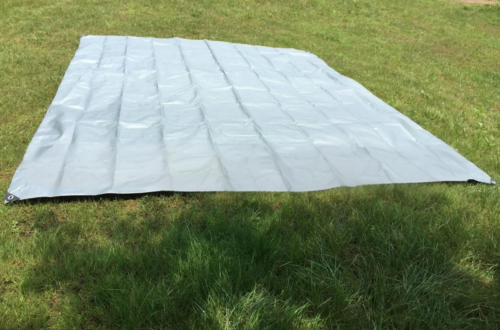What Is a Comfortable Dew Point and How Does It Affect Your Indoor Environment?
# What Is a Comfortable Dew Point and How Does It Affect Your Indoor Environment?
Understanding the **comfort dew point** is essential for maintaining a pleasant and healthy indoor environment. This measure indicates the temperature at which air becomes saturated with moisture, leading to condensation. Keeping dew point within a comfortable range—typically between 40°F and 60°F (4°C to 15°C)—helps prevent issues like mold growth, discomfort, and respiratory problems.
## **Key Factors Influencing Indoor Comfort**
### **Humidity Control**
High humidity levels raise the dew point, making indoor spaces feel sticky and oppressive. Using dehumidifiers or air conditioners can help maintain an optimal **comfort dew point**.
### **Temperature Regulation**
Indoor temperature interacts closely with dew point. Warmer air holds more moisture, so balancing both is crucial for comfort and air quality.
## **Common Questions Answered**
### **What Happens If Dew Point Is Too High?**
Excessive moisture encourages mold and dust mites, affecting allergies and air quality. Aim for a **comfort dew point** below 60°F to avoid these issues.
### **How Can I Monitor Dew Point?**
Use a hygrometer or smart thermostat to track humidity and temperature, helping you adjust settings for ideal conditions.
For a deeper dive, learn more about the comfort dew point and its impacts.
## **Take Action for Better Indoor Air**
Maintain your HVAC system, use ventilation in high-moisture areas, and invest in a quality humidifier or dehumidifier. Strive for that perfect **comfort dew point** to enhance your home’s health and comfort.


